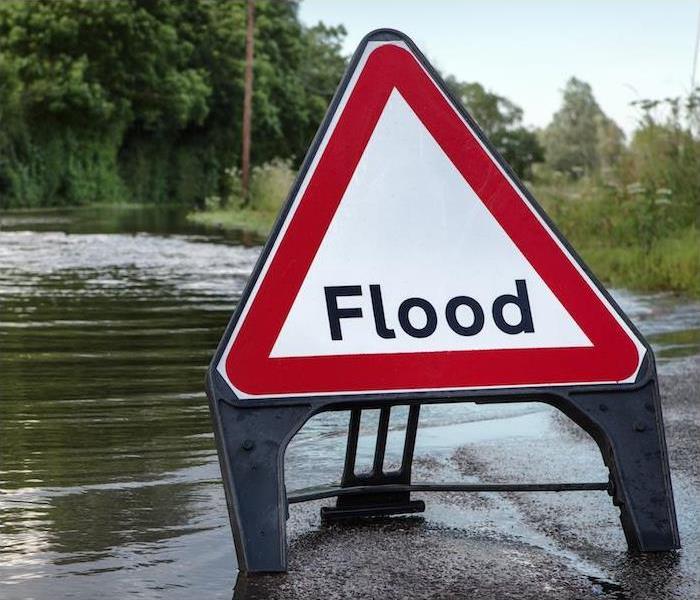The 3 Types of Flooding and What Causes Them
4/6/2022 (Permalink)
 Regardless of the cause of the flooding, SERVPRO of Biloxi/Ocean Springs/Gulfport has the team to help you recover from any disastrous event.
Regardless of the cause of the flooding, SERVPRO of Biloxi/Ocean Springs/Gulfport has the team to help you recover from any disastrous event.
Flooding is a common natural disaster and claims more lives in the United States per year than hurricanes, tornadoes or lightning. Flooding can damage a community, an entire city or even just an individual home.
There isn’t a state or territory in the U.S. that isn’t affected by flooding. The damage and scale of events can differ, but there are always similarities in the type of floods and the casualties that result from them. There are typically three kinds of floods, and four reasons they happen.
3 Types of Natural Flooding
Flash floods are a common occurrence that happens when heavy rain enters an area and overwhelms the ground with moisture. Water begins to run off, creating a fast-moving flood that can carry away trash cans or even a car.
River floods are exactly what they sound like. When a river takes on too much water it begins to spill over into the banks creating damage.
Coastal floods occur near large bodies of water when a weather event causes ocean or gulf levels to rise. Cyclonic activity, storm surge and rising tides can all lead to coastal flooding.
The 4 Most Common Causes of Natural Flooding
Heavy rainfall. We are familiar with how heavy our spring showers can be here on the Coast, and we have all experienced a flood-covered road in the midst of a rain storm. These storms overfill our many small streams and create flash flooding and river flooding quickly. Our downtown areas are often more flood-prone in these kinds of storms due to lack of soil to absorb moisture.
Oceanic activity. You can’t live here on the Coast and not understand the flooding that results from rises in the Gulf. We have all experienced firsthand the damage from the numerous hurricanes that have come in over the years. Even a storm that veers away from our coastline can create a dangerous surge and beach front flooding.
Dams and levees failing. None of us will ever forget the levee break in 2005 from Hurricane Katrina, and the total destruction that resulted. These failures occur when a dam or levee is cracked or overwhelmed by extreme pressure, and they can no longer contain the surge of water behind them.
Snowmelts and ice dams. While we all feel truly thrilled when we see a flurry on the Coast, those to our north that experience prolonged freezing temperatures and high amounts of snow accumulation have to deal with flooding caused by snowmelt and ice dams. An ice dam, or ice jam occurs when a river becomes blocked by ice pushed downstream causing water to begin flowing over the boundaries.
Regardless of the cause of the flooding, SERVPRO has the tools and teams to help your home or business recover from its disastrous effects. Contact us anytime when flooding or water damage makes a mess in your life.

 24/7 Emergency Service
24/7 Emergency Service